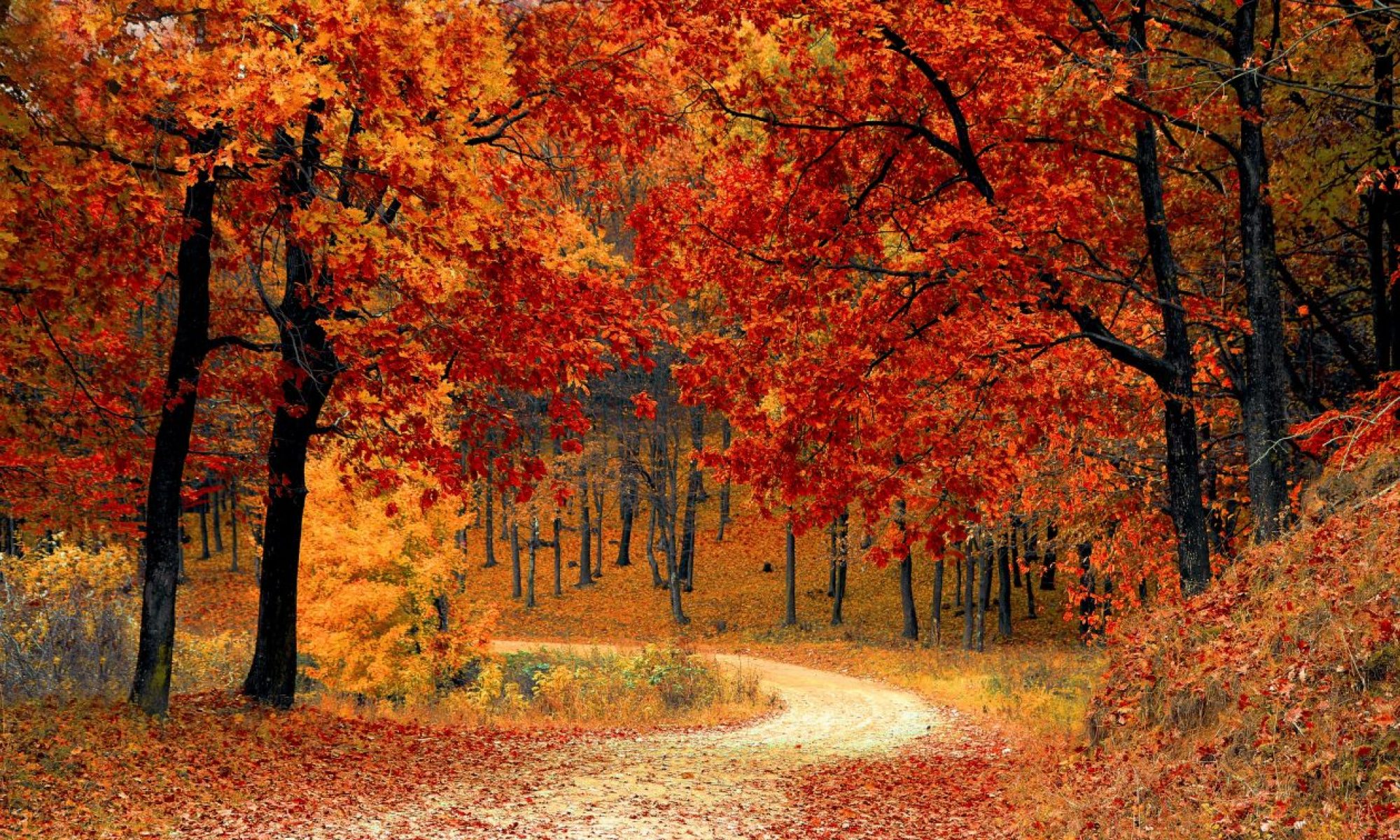Week 4 was all about drama and visual arts. This was our first week doing drama and to be honest I wasn’t looking forward to it. At first I was really nervous and didn’t want to take part, but then as the class went on I got a bit more into it and it was actually quite fun. We talked about some of the conventions and tools that we can use when teaching drama and we used some of these conventions when carrying out a task based on a short story of a dragon who kept flying too low and breathing fire on the village below. We had to imagine that we were the villagers and act what we would be like when acting out a dance for when the dragon flew over. For this exercise we used a technique called freeze frame, where you are given a scenario and after counting down from 3 you freeze in action of what your reaction would be. It was suggested that the villagers perform a dance to communicate with the dragon. Before hand we discussed whether or not the dance would be one that welcomed the dragon or warned it off. Then we had one minute to come up with what the freeze frame or our dance would be. Each group of villagers performed their freeze frame and one person from each group stepped out and explained what their dance was all about. Then we moved on to what the villagers would do next because the dancing didn’t work. It was suggested that we should travel to the dragon’s cave and try and talk to him. We had to imagine that we were travelling up the mountains through snow and storms to reach the cave at the top of the mountain. When we reached the cave, the villagers went in and had a meeting with the dragon. For this exercise we used the hot seating technique where someone sits on a seat and is asked questions by the rest of the group. We asked questions like: ‘why do you keep setting fire to the village’ and ‘are you lonely’. The villagers realised that the dragon and his family just wanted some company and the dragon was flying so low so he could talk to the villagers. Next, we talked about how we could make the dragon feel welcome and decided on having a party in his honour. Another convention we talked about was teacher in role, which is where the teacher does something that shows the class that they are acting as someone else. Some examples could be putting on a hat or scarf, taking off a lanyard or jacket.
Personally I’ve always felt reasonably confident in teaching drama and acting out on front of a class, but when it comes to performing in front of my peers I get really nervous and struggle a great deal. I think that after this lesson I feel a bit more confident about performing in front of my peers, and hopefully I will enjoy drama more as the module goes on.
This week visual arts was all about print making. We started off with a painting by Avril Paton called Windows in the West. We were each given an A5 piece of polystyrene and were told to choose part of the painting to draw onto the polystyrene. Then after we had drawn/engraved the polystyrene we used ink and rollers to cover the ‘stamp’. We each took four pieces of coloured A4 paper and folded them in half to create a card shape. Then we took the inked polystyrene and placed it face down on the card, using pressure to make sure that the ink transferred onto the paper. Once all four of the prints were created, we used our pens to take sections of our engraving out, e.g some of the windows/doors or we added brick/tile patterns. Then we moved around the room and re-stamped the prints with different coloured inks. The result was very interesting, as you were left with mixed colours on the paper and it very aesthetically pleasing. Below, are some pictures of the processes we took to create the prints, at the end of the selection of pictures are some examples from the class.
I think that this activity was great fun and I think that children would love it! However, I don’t think I would ever use it in a class as it can be very messy and time consuming. This means that you would have to do the activity over a few lessons and this might be not be practical. If you were to use this activity in a classroom you could incorporate it into anything. For example, you could use this technique to create patterns and sequences for maths or you could use it for topic work, e.g for creating a ocean texture or if you were making your own tartans for a Scots project.

















